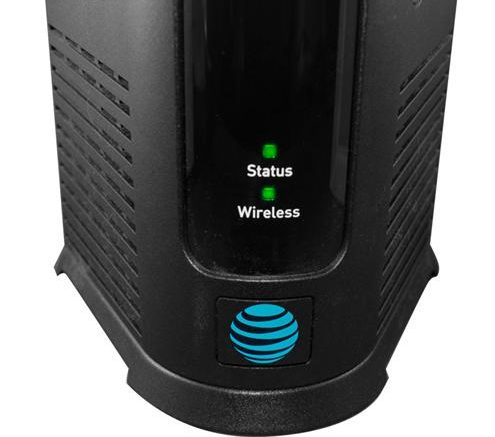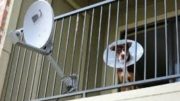In case you haven’t heard, the new Genie 2 is DIRECTV’s latest and greatest. Looking like a triangular tower, it turns all the rules of DIRECTV upside down. The central device doesn’t put out a TV signal at all — the Mini Clients and smart TVs do that — but it takes the place of a DVR, power inserter, Wireless Video Bridge and Cinema Connection kit all in one handsome package.
Yeah, but is it faster?
Everyone thinks speed is the ultimate measure of an upgrade, and I have to agree most of the time. That’s why it saddens me a little bit to realize that the HS17 probably won’t make your clients act more quickly or responsively, unless you’re trading up from an old HR34 first-generation Genie. I’ve tested HS17 against HR54 in the same installation and while the clients are a little faster with the HS17, it’s not so much that you’d notice.
So hey DIRECTV, what gives?
I’ll explain it. The HR44, HR54 and Genie 2 are all plenty fast inside. They have more than enough horsepower to give great performance to the clients. And, in most installations, people are satisfied with how fast things load and move. Generally you press a button and things happen. Maybe it takes half a second, but not enough to raise your blood pressure.
I do run into people, however, who complain their clients are slow. There are going to be some folks who will never be satisfied unless something is blazing fast, but I’m not talking about those people. I’m talking about people who press a button and wait 5 seconds for something to happen. I don’t blame those folks for being upset. So, let me break it down for you, as far as it was explained to me, but first let me tell you…
There’s hope. Some of the problems you’re experiencing may need some new hardware or cabling, and some will just happen. But there is hope if you’re having really slow performance on your clients. Here’s what I was told.
The problem could be your cabling, and that needs to be addressed.
Because clients are always passing information back to the main Genie DVR, your cabling needs to be up to snuff. Sometimes weak connections or very long runs can slow things down. You’ll definitely see slower results if your clients are more than 150 cable-feet from the Genie, including the runs to and from the splitter. If your cabling is over 2 years old, if any of it runs outside or through an attic, that could be your problem. In a case like that, a qualified technician with professional equipment can help diagnose those issues.
Some of it is the networking standard, and fixing that will mean new clients.
DIRECTV uses the MoCA 1.1 standard for communication between clients and servers. However, the Genie 2 is capable of using the superior MoCA 2.2 standard which is designed for more devices and higher speeds. However, if there’s ONE MoCA 1.1 device in your system, the whole system will step down to MoCA 1.1. Right now the C61 (non-4K) client is said to be MoCA 2.0 compatible, but nothing else is. That will change, and it’s possible that changing over to all MoCA 2.0 clients could improve performance for you.
The menu system is really showing its age.
The DIRECTV menus have been around since 2011 and have some code that dates back to 2003. Some of the bug fixes that have been put in since then only apply to older receivers. Even though the Genie 2 shares no hardware at all with an old D11, some of the code in there is common, and that could be slowing things down. Another thing that could slow down the clients is the way that the menus are displayed. All those screen backgrounds probably aren’t compressed as much as they could be, and so it takes time to send them over a wire.
There’s a rumor that there will be a new user interface by the end of the year, and it will only be for newer Genies. Anything HR34 and below, including all non-Genies, won’t be invited. This new interface could use more modern coding and ignore a lot of those fixes that only apply to older hardware. When this happens, some people will see a real speed boost, I’ll bet.
If you’re really unhappy with the performance of your clients, though, the first thing would be to check cabling. If you need a technician out on site, or if you’re interested in getting pro-quality equipment that you can use yourself, give us a call at Solid Signal at 888-233-7563!





